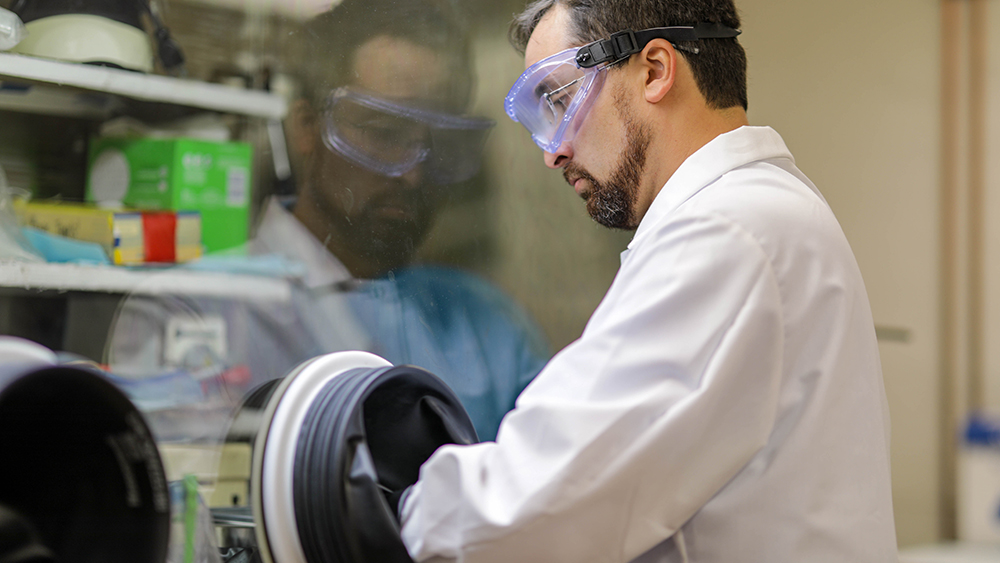Nuclear forensics involves the analysis of nuclear and other radioactive materials to determine their origin and history in support of investigations into nuclear security events. Researchers with the Center for Nuclear Security Science and Policy Initiatives (NSSPI) at Texas A&M University have spent over a decade studying nuclear forensics signatures. This began in 2011 when NSSPI Director Dr. Sunil Chirayath was first awarded a research grant in this area from the National Science Foundation under the Domestic Nuclear Detection Office’s Academic Research Initiative to study signatures in weapons-grade plutonium produced in fast breeder reactors and CANDU reactors. This work has expanded to include analyses of both plutonium and uranium of various enrichments produced in many different types of reactors. These studies used both computational and experimental methods to create a database of nuclear forensics signatures.

According to recent NSSPI graduate and current postdoctoral researcher Dr. Sean Martinson, “Nuclear terrorism and proliferation are global threats, and nuclear forensics is one of the tools used to deter these threats.”
Dr. Martinson’s dissertation research focused on validating NSSPI’s computational models and nuclear forensics methodologies through destructive and nondestructive assay measurements of irradiated nuclear material.
“Specifically,” he explained, “my contribution to the Texas A&M-developed nuclear forensics tool kit involved expanding our datasets with low burnup of low-enriched uranium dioxide (LEUO2). The methodologies can determine reactor type, nuclear fuel burnup, and time-since-irradiation (TSI) was completed.”
Dr. Martinson’s research bolsters the NSSPI researchers’ nuclear forensics methods by expanding the database to include the most common nuclear reactor fuel in the world, LEUO2. His work provided experimental validation of isotopic signature ratios previously estimated through simulations and determined that the methods are still reliable with this fuel type. This project was funded by the Consortium for Monitoring, Technology, and Verification under the Department of Energy’s National Nuclear Security Administration.
Dr. Martinson graduated with his Ph.D. in nuclear engineering from Texas A&M in December 2022. Prior to joining NSSPI, he earned a B.S. in Physics from the University of Utah. As a graduate student, he was awarded both the U.S. Nuclear Regulatory Commission Fellowship and the Glenn T. Seaborg Institute Graduate Fellowship, which allowed him to perform work at Los Alamos National Laboratory for three months with NEN-1. Following the Seaborg Fellowship, he remained at Los Alamos for five additional months as a graduate researcher. During his time with Los Alamos, his work focused on the Decay Energy Spectroscopy (DES) method. He also interned at the Y-12 Nuclear Security Complex and Argonne National Laboratory. As a NSSPI student, Dr. Martinson had the opportunity to tour nuclear fuel cycle facilities and learn from leading nuclear safeguards experts within the United Kingdom as part of an International Nuclear Facilities Experience (INFE). He is currently working as a Postdoctoral research associate with NSSPI but will soon be joining Argonne National Laboratory as a nuclear nonproliferation specialist.
“The network and connections that NSSPI provides are invaluable,” Dr. Martinson explained. “They have allowed me to intern with fantastic laboratories and meet peers from across the country and even the world.”